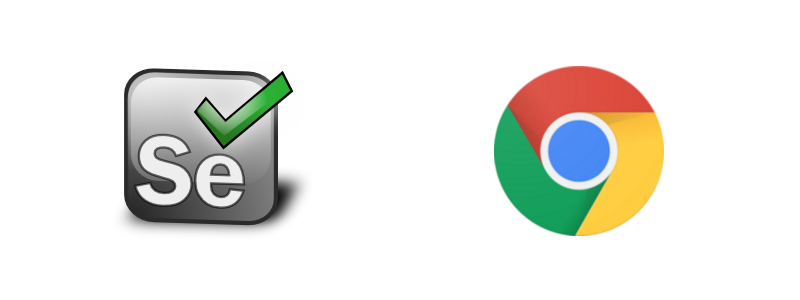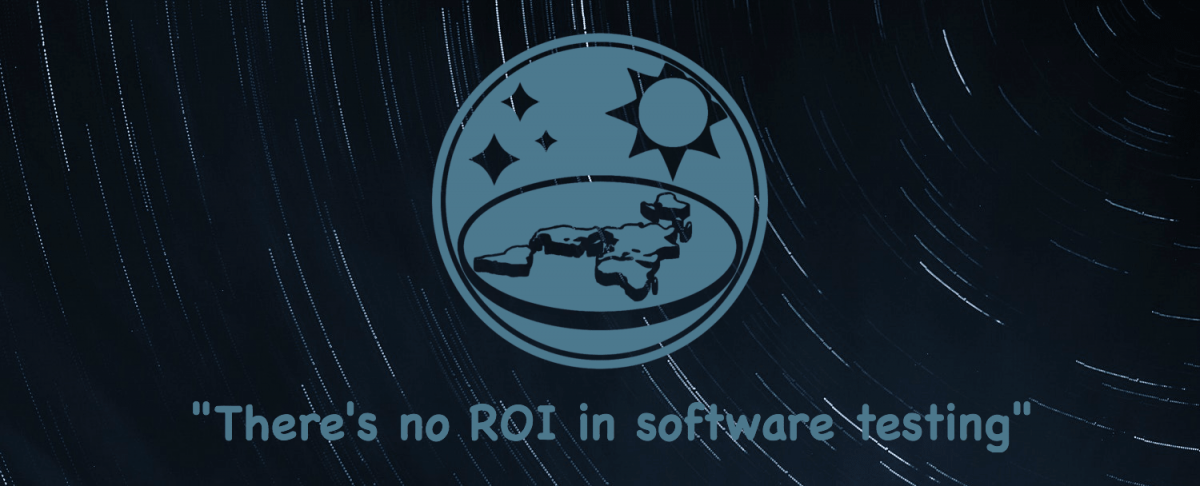Table of Contents
It’s not a secret that continuous automation testing helps software development businesses stay competitive. As of today, 87% of managers in software development support test automation initiatives. What’s more, 45% plan to increase spending on test automation.
Knowing how mainstream continuous automation testing has become, how do you successfully implement it? Reaching this goal takes several steps. We’ll cover each of these steps below, but first, let’s make sure we’re on the same page as far as basics go. Also, let’s briefly explore the benefits and pitfalls of continuous web testing, as well as the popular tools.









